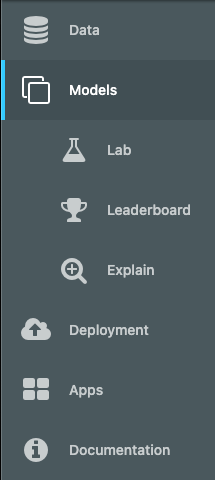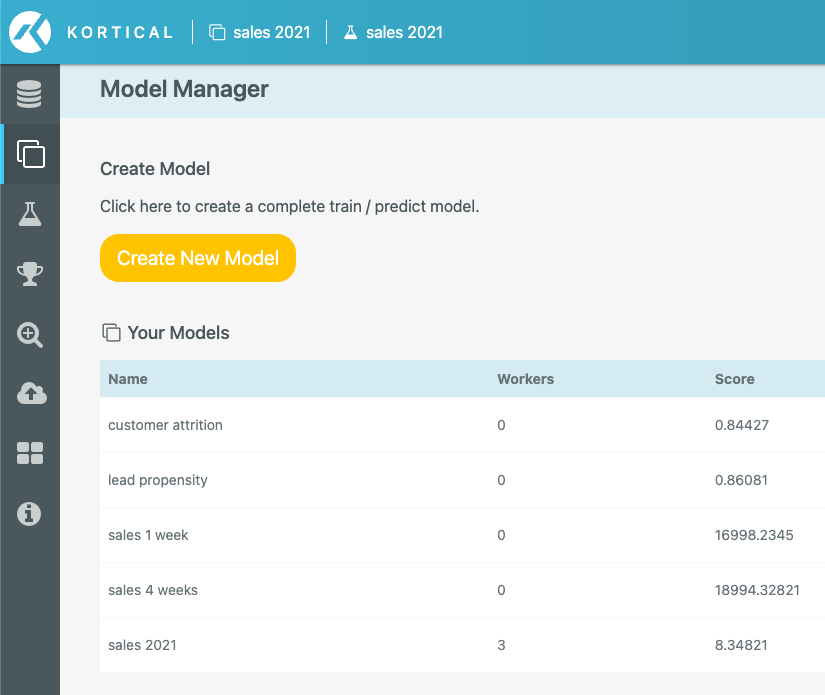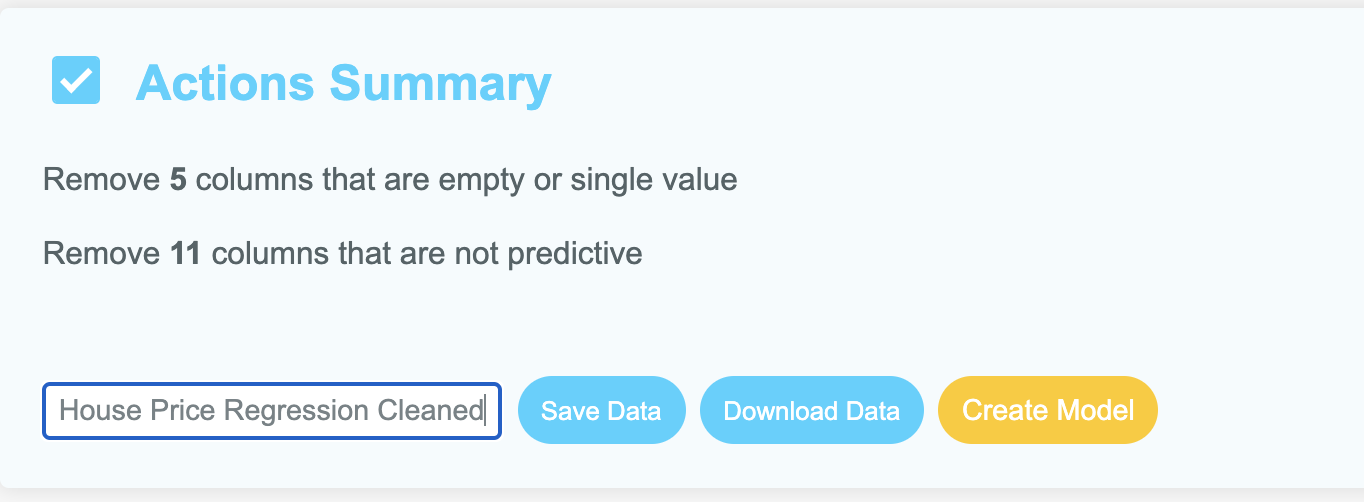# Models
The models page is your high level view of the Kortical environment and is found under the data page in the side menu:

You need to create a model before you can train any model candidates or make any predictions within Kortical.
# What is a Model?
Models are self-contained workspaces for solving a specific business problem. They are logically separate from each other
and have their own model candidate leaderboard and unique set of predict URLs to access the models within them. It is also possible to configure
models such that they sit on physically separate hardware, although this is not default behaviour (contact Kortical support for help setting this up).
For example, one might have the following models:

Within a model, a user can create any number of model versions and upload any variations on the training data, all with the aim of
solving that specific business problem; for example customer attrition aims to predict customer churn.
Conversely, we see that there are three models in the above list: sales 1 week, sales 2 weeks and sales 1 year which
are predicting what sales will be over three different time horizons. While all of these contain model versions for predicting sales,
and probably need similar training data, we need separate models as each is solving a slightly different business problem.
We also want to be able to make three separate predictions, so we need a model for each.
# Creating a Model
Users can create a model in two ways. The first is to click the Create New Model button in the model manager itself:

You will then see a modal which will allow you to name the model:

Note
Be aware that the name you give here will be reflected in all of the model's predict URLs!
The second is by clicking Create Model from the actions summary in ML Data Prep:

This will allow you to name your new model.
Note
Your account will be limited in the number of models you can create
# Deleting a Model
A model can be deleted by clicking the red trashcan icon against this model.

You will see a warning, as deleting a model will delete all published and unpublished model versions.
WARNING
If you have model versions in production be very careful when deleting a model, as the predict URLs will cease to function as soon as the model is gone
